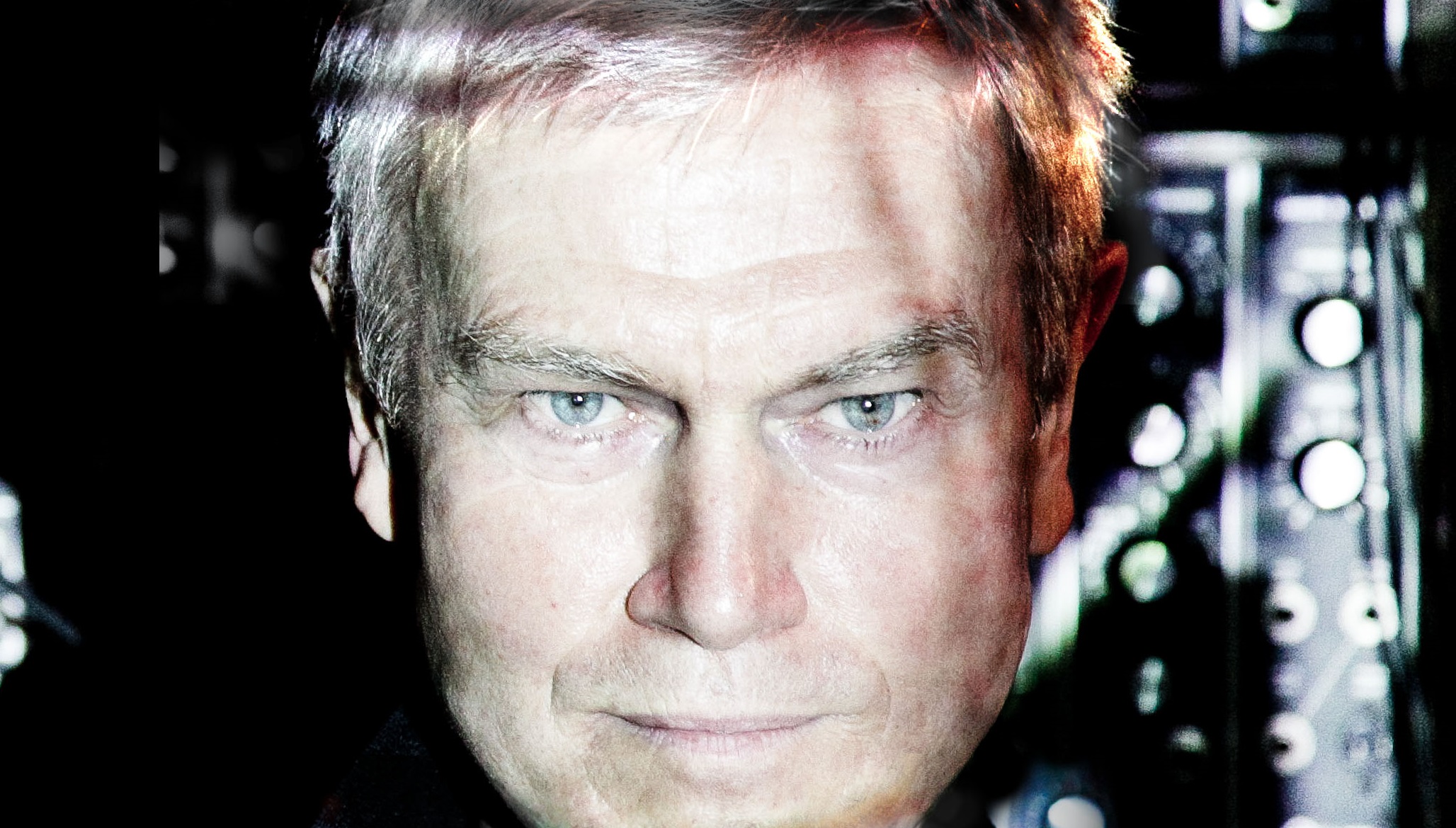Influences: John Foxx

John Foxx has long been a fiercely experienced synth connoisseur. His tastes have led him down a path of musical ingenuity which has seen him draw upon a vast assortment of influences which have been gathered through years of dicovery and experience. His discography is vast and sprawls across decades. As the lead singer of Ultravox during the 1970's he helped to defy the boundaries of pre conceived genres at the time integrating punk, new wave, pop, glam and reggae into a musical mish mash of intrigue. Since then his own solo work has evolved profoundly all the way up until the present day. This year saw him re-release "Burning Car" as part of a compilation through Metamatic Records. Now he is set to release The Complete Cathedral Oceans – a five part vinyl LP series. We caught up with John to talk influences…
One beautiful piece of music – effortlessly, minimally, modern. It still resonates, still carries you down some endless European highway in serene velocity.
Neu! made the music that encouraged me to abandon Americanisms, in order to find out what we might sound like if we looked over to Europe instead. I felt that everything in the list below had led up to this point. This was the launchpad and Conny Plank had recorded it.






























